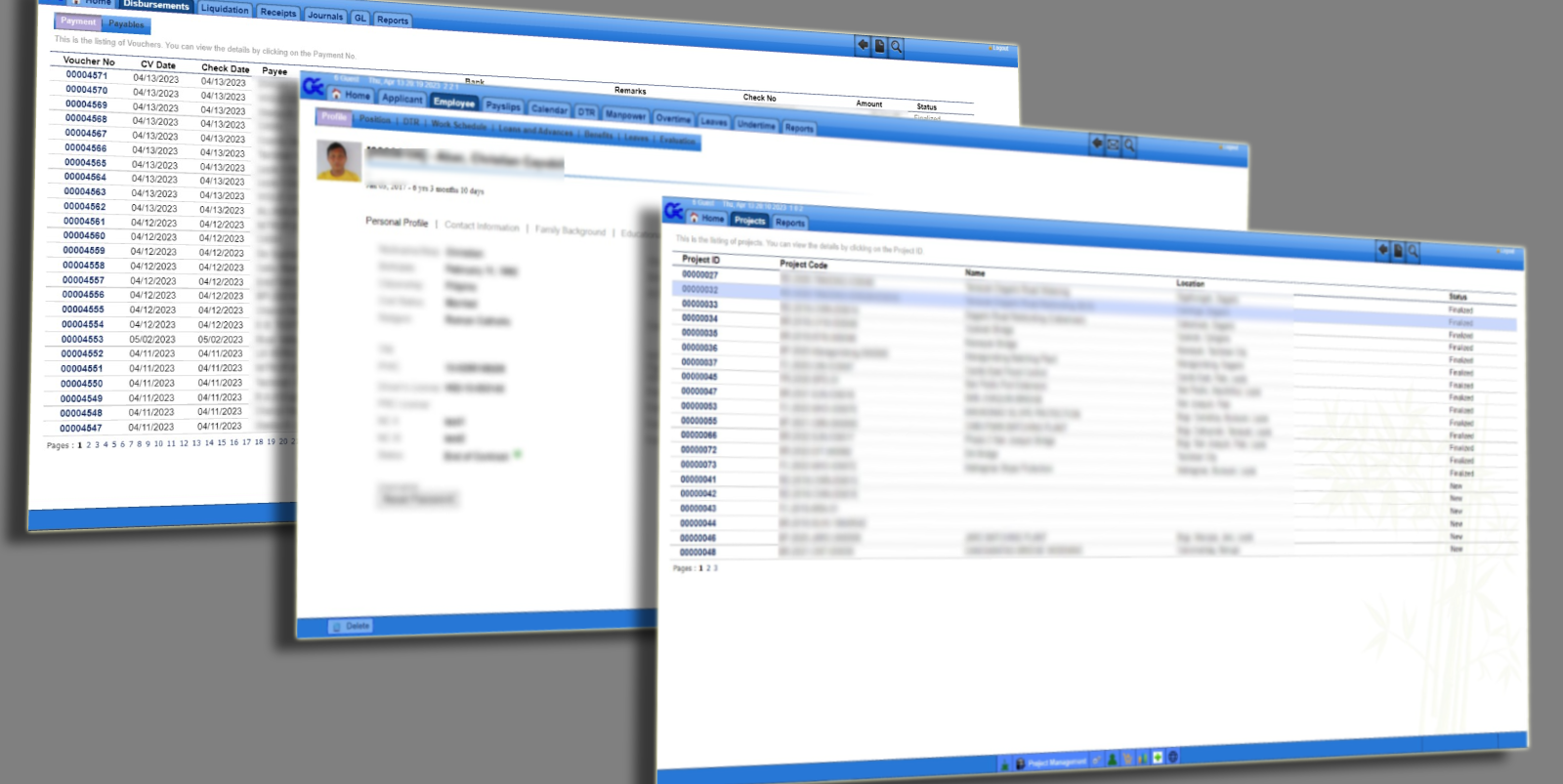← Back to Project
Enterprise Resource Planning (ERP) System Architecture
February 1, 2022WEB DEVELOPMENT

🧾 Case Study: ERP System Architecture
Sector: Business Management Software
Role: Lead System Architect
Client Impact: Unified ERP deployments across industries with tailored workflows and extensibility
🎯 Objective
To design a multi-industry ERP platform that could scale with businesses and adapt to their unique internal processes.
⚠️ Challenge
ERP adoption was blocked by:
- One-size-fits-all limitations from existing platforms
- Inflexible database schemas
- Lack of modularity in key business logic (Purchasing, HR, Projects)
🧩 Solution
I took ownership of the ERP system's data and software architecture, focusing on adaptability, clean integrations, and scalability.
Key Contributions:
- Module Architecture: Designed Purchasing, Project Management, and Operations as flexible, standalone components.
- Client-Centric Modeling: Translated real-world workflows into scalable backend data structures.
- API & Integration Layer: Engineered backend logic and APIs with mobile support and cross-module communication in mind.
📊 Impact
- 🔄 Deployed across multiple industries without core code rewrites
- 🧱 Architectural flexibility led to seamless adoption and integration
- ⚙️ Backend scalability ensured long-term maintainability and extensibility
🧪 Technical Stack
| Layer | Technology Used |
|---|---|
| Backend | C, QCGI |
| Frontend | JavaScript, QCGI.js, Chart.js |
| Communication | Unix Domain Sockets, TCP/UDP, WebSockets |
| Environment | Linux, CRON, VIM, SSH |
💡 Key Takeaway
True ERP flexibility comes not from "no code" gimmicks—but from a strong architectural foundation that respects how real businesses operate.